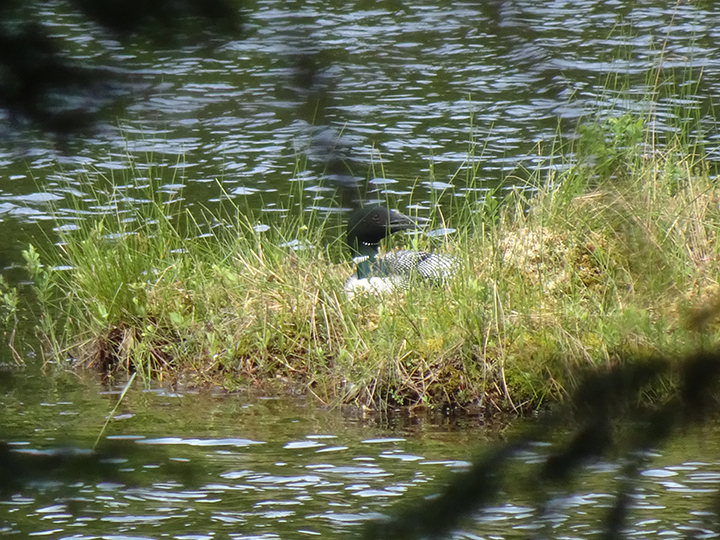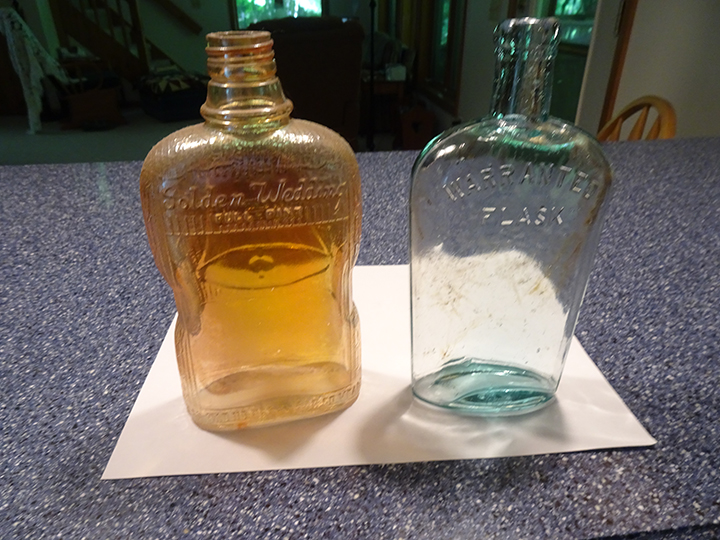
Outdoor Adventures with Gary Lee - Vol. 261
It has been a busy week starting with the Loon monitoring for the summer and not too soon as many of the pairs are already on a nest. Last year was the first time I had Loons on eggs before I started watching them in the last week of May. This year more than half of the pairs are on eggs already so they will hatch a week before the big fourth of July weekend. This will give the parents and chicks a week to adjust to some boat, kayak, and canoe traffic. If you do come upon a Loon on a nest in your water travels, give them some space and take pictures with a long lens camera not your hand- held cell phone. Many of the new phones take great pictures and some even have a zoom. Some Loons are good sitters and others will leave the nest when you are in sight. You may not even know you have put a loon off a nest as they will many times linger close to the nest site. Others may act just like they have chicks and do a penguin walk and wing row on the water to lead you away from the nest site. When you see this, you have come too close, and you should back away and give the Loon space to get back on the nest.
There are a few of the new floating nest platforms on lakes in the area which I pictured in last week’s column. Some may be in use and sometimes it takes them some time to adjust to something different. They did use one on Raquette Lake last year and once they use one and they are successful they will probably use it again. I have some pairs that have nested on a platform for over twenty years. With the numbers of Bald Eagles around now these new covered platforms will be protected from nest attacks by these big predators. The field technicians for the Adirondack Center for Loon Conservation only get around once a week checking many of the banded pairs across the park, so we only get a brief picture of what has happened during the week. Some nesting sites have trail cameras on them so we can see what happens while we are not there. Some of the things that we saw on these cameras in the past few years were black bears taking eggs, a coyote taking an egg, fisher, otter, mink around a nest site and even deer checking out some shore nesting loons. We don’t see the bands on some of our birds on the water but when they leave and enter the nest sites we may get to see their banded legs from our trail camera shots.
After watching the local Loons for over twenty years you get to know just where they may be nesting and how good of a sitter they may be. I have created an additional territory on some lakes by putting in a platform in a protected area where there are no islands. Sometimes it takes a couple of years for a pair nesting on the shoreline before they accept a platform but once they do and they are successful they will use it every year. Sometimes they even follow me to the site when I’m putting out the platform and they are on it before I’m one hundred feet away. Many of these Loons know my canoe and give warning calls as I come across the lake, just like here he comes again. Other canoes and boats may be in the area, and they are saying nothing about them, but I come around the point and the calls start. A couple of nesting pairs I found over the weekend, I saw the adult leave the nest from a far distance away, both new nesting sites. If they are that jumpy and get off when a boat or canoe comes within sight, I don’t give those nests much of a chance of being successful. They can be off a nest for some short periods of time depending on weather, but eggs could become chilled on a cool day as well as overheated on a hot day. When they are off the eggs, birds of prey like Eagles, and Ravens can zip in a take and egg. Just yesterday one of these Loons got off and there were a pair of Ravens in the area. I got out of there and hid in the woods to see if I could see bands when the Loon got back on the nest. The Ravens were circling overhead, and it didn’t take long, and the Loon pair came, and the female got back on the nest very quickly. I did see bands on her right leg with binoculars as she climbed on to the nest site.
I have seen several pink lady slippers on some of my short walks in the woods to view nesting sites. On one of my walks, I saw a shiny piece of glass and not far away the neck of an old bottle. It was a nice old, warranted pint flask which was still whole, so I brought it home to add to my collection. Years ago, I found a Golden Wedding pint bottle around an old camp in the MRRA, only one plus two-quart bottles which my trail crew member Bob Dicker made into lamps.
More Loon excitement this week on some new lakes but that’s another story. See ya.
Photo Above: Loon on nest
